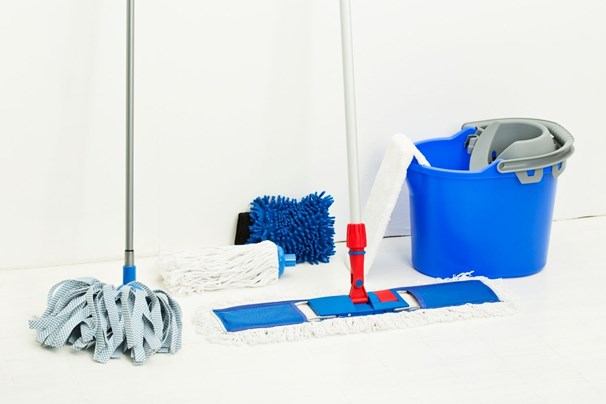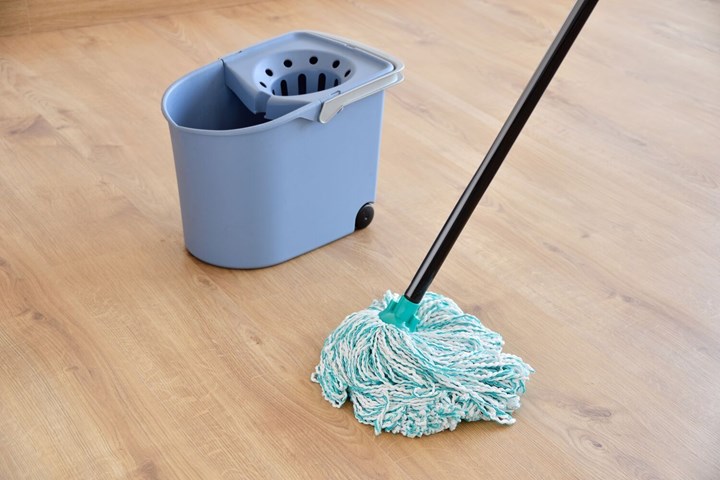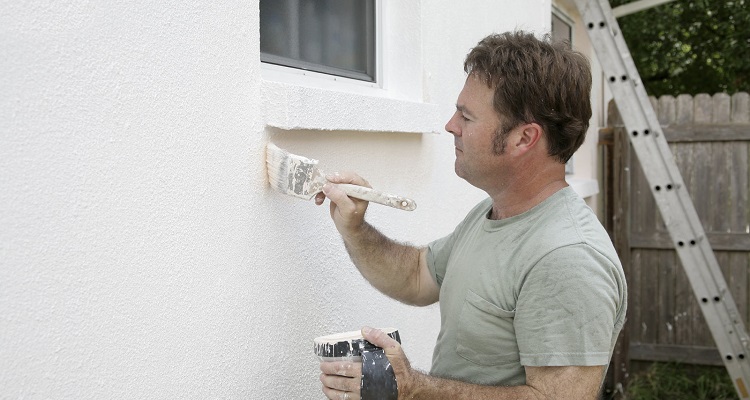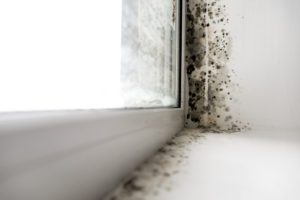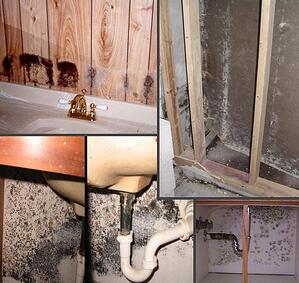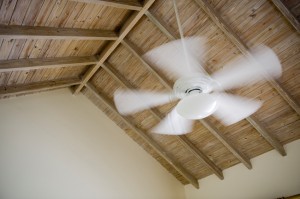Ways to Make a Small Kitchen Sizzle
Not everyone has the budget for a designer kitchen or the space for a large, open-plan kitchen, but we can all employ some of the clever tricks designers use to make any space look bigger and better.
MAXIMISE WALL SPACE
You might like the minimalist look of a kitchen with virtually no wall cabinets to clutter the space, but when you’re trying to maximise space and storage in a small kitchen, you simply can’t afford the luxury of bare walls. Mixing up open shelves with top cabinets visually lightens a space, while still giving you plenty of room to store cups, glasses, recipe books, jars of food, etc.
GET SMART WITH BUILT-IN STORAGE
These days, companies have got super clever with storage solutions that make sure there’s no dead space in your kitchen cabinets. There’s slide-out slimline pantries, carousels for a corner cabinet, deep drawers with special compartments, inventive ideas for rubbish and recyclables… It’s worth spending the extra dollars to get tailored solutions that ensure every bit of space is functional and utilised.
LET IT SHINE
It’s not just mirrors that give the illusion of space; any glossy surface will bounce around the light. A mirrored splashback is a surefire way to instantly add a third dimension, especially if you can use it to reflect a leafy garden or courtyard view. Otherwise think about glossy wall tiles, a glass splashback, gloss cabinetry, a polished stone benchtop or polished floorboards – basically any surface that will capture and reflect light.
KEEP IT LIGHT AND WHITE
Dark-coloured cabinetry and benchtops look fantastic in the right setting, but can visually close in a space. In a small kitchen, think light, neutral colours and ways to inject as much natural light as possible, whether it’s a window, glass doors or skylight. When in doubt, take your cue from popular kitchens, which favour blonde timbers and a pale colour scheme.

Kitchen Renovations Tips to Make the Most of Your Space
Even if you don’t think your kitchen is particularly outdated, a design refresh to increase its functionality can greatly improve your living experience – and your home’s value. Reconsidering layout aspects like counter space, cupboard placements and appliances can make massive improvements to your kitchen’s design and usability.
Storage Space!
Making clever use of the space available and placing storage in the right areas will see you gain more floor space, and more efficient storage. Designing your kitchen with adequate and stylish storage options will provide ample space for all your kitchen needs without having to compromise on aesthetics.
It’s important to place your most used appliances in positions where they can be easily accessible, and the rest of your kitchen can be designed around that. Low level shelving and drawers will ensure that all your most used items are easy to reach, while higher level cabinetry can provide storage for the less commonly needed kitchen accessories.
Bold Colour
Introducing bold, modern colours to your kitchen is an excellent way to uplift your whole home. Although light colours are often favoured for kitchens, adding bold statements, dark colours and natural finishings can give your kitchen a really elegant and modern look. Consider trying things like black sinks and appliances, wooden benches instead of laminates and natural stone instead of tiles. These sleek features add volumes of class to any kitchen renovation.
Island Benches
Kitchens are high traffic home areas, and busy places to work. Great kitchen designs make smart use of space that aid in creating efficient workflows. Adding an island to your kitchen area will provide extra bench space and storage, while still keeping an open flow throughout the home. These designs are popular in modern open plan homes as they allow the kitchen to feel connected with the rest of the home, fitting with the theme of the kitchen being the heart of a family home.

Easy and Affordable Ways to Upgrade Your Kitchen
It’s been said that the kitchen is the heart of a home. That’s because for many families, it’s where you spend most of your time – whether it’s preparing meals, doing homework or chatting over a cup of coffee.
Kitchens are not just for cooking anymore. With the increasing busyness of family life and the popularity of open concept floor plans, the kitchen has slowly become the new living room. But if your kitchen is starting to feel outdated, it may not be your favorite place to spend time.
According to Home Advisor, the average cost of a kitchen remodel is more than $20,000. But luckily, there are some easy – and affordable – ways to give your old kitchen a fresh new look
tips to spruce up your kitchen without breaking the bank:
Paint your cabinets. You don’t have to completely replace all of the cabinets in your kitchen to make it feel new again. A fresh coat of paint can do the trick. If your kitchen is on the small side, use white paint for a clean, fresh look that’s sure to brighten up your space. Dark colors can make a bold statement, but are best for larger kitchens.
Add new hardware. New knobs and drawer pulls will help give your kitchen a new look for a low investment. Your local hardware store should have plenty of style and color options. And if you’re really on a tight budget, you can update your old hardware using a can of bronze or silver spray paint.
Install a new kitchen sink. A new sink can make just as much of an impact as new flooring or cabinets at a fraction of the cost. Just measure your existing sink and buy a stainless, composite or granite replacement that will drop right in. Complete the look with a new pulldown faucet.
Add lighting under your cabinets. A dark kitchen can make your space seem smaller and less inviting. Under cabinet lighting is an easy way to brighten up the entire room. And with battery, plug-in and hard-wired options available, there’s a simple solution for every skill level.
Install a new countertop. Custom granite countertops cost thousands of dollars. But today’s laminate countertops have sharper graphics and better embossing than the laminate of years past. Laminate can be a durable and stylish alternative that can give you an upgraded look for far less. Other materials like soapstone or butcher block can be a bigger investment than laminate, but still make a statement for less than the price of granite.
Add more counter space. Pushing two kitchen carts together is an easy and creative way to give you more counter space. A butcher block island can also give you extra storage space without installing new cabinets.
Revitalize your backsplash. A stylish backsplash can be the focal point of any kitchen. With some DIY skill, a tile backsplash can be relatively inexpensive. If you’re uncomfortable with grout and mortar, consider using peel-and-stick tiles or a solid surface like beadboard.
Reface outdated appliances. That almond-colored refrigerator was stylish when it was new. But today, stainless is the way to go. Bring your old appliances into the 21st century by applying stainless steel contact paper or covering them with appliance paint.

tips for a budget-friendly kitchen renovation
When you meet with a designer in the kitchen department of a big home improvement store be sure to sit down — otherwise the price might knock you over.
Start with your design
Figure out the layout you want for your kitchen. A simple and sleek design will appeal to most buyers and helps to keep your costs down. And remember, keeping your existing layout is always cheaper too.
Moving a gas stove will require relocating gas lines and moving your sink plumbing can create additional problems. They also require additional permits and time.
Determine the scope of work
Once you have a very good idea of what you want, sit down and write up a good detailed list of tasks that you want completed. You don’t have to be technical and you don’t have to use construction terms but just state all the things you want a contractor to do
Try to select the materials yourself
Asking a contractor to supply big-ticket items such as flooring, cabinets, countertops and appliances leaves them with a huge range to guess on and there is a chance you’ll end up paying the contractor an additional fee on top of the supplied costs.

Kitchen Remodeling on Budget: Ideas Between $1,000 and $10,000
When you’re trying to budget for a kitchen remodel, you can spend different amounts of money with different results. A limited budget — one of $1,000 or so — will require a lot of work on your part; and you’ll want to focus on small improvements rather than major renovations. A bigger budget — up to $10,000 or so — will allow for some work to be left to the pros; but it’s still unlikely that everything in the kitchen can be renovated.
Did you know that most homeowners in the U.S. reportedly spent between $18,000 and $27,000 in total project costs to remodel their kitchen? If that sounds too steep, here is a comparison of a $1,000 kitchen remodel versus a $10,000 kitchen remodel
One thousand dollars won’t go far in renovating your kitchen. That’s because professionals who work in cabinet refinishing, flooring replacement and painting–to name a few–will quote at least $400 to $700, which will eat up the majority of your budget
Here are some things to keep in mind:
Focus on the important areas: Keep elements that are in good condition — your cabinets, flooring, or countertops, for example — and focus on aspects that are in serious need of repair or updating. Maybe you need to update lime green cabinets reminiscent of the 50s; maybe you need to replace a few chipped tiles in your floor. You can make small changes with a big impact without spending a fortune.
DIY, DIY, DIY! You’ll need to do as much of the remodel work around your kitchen as possible to stretch your budget. Watch home improvement shows and online tutorials, read books; do whatever it takes to get the know-how. But never approach doing electrical, plumbing or structural work in the kitchen yourself. These tasks are dangerous and should always be left to professionals. Try your hand at painting, laying tiles, sanding or putting in a backsplash — it’s a great way to learn; and it saves you money while revitalizing your kitchen.
Don’t do everything at the same time: Since you’re on a limited budget and doing a lot of the work yourself, you can break the project into phases over weeks or weekends. This gives you time to rest and see how things are progressing. If you do everything at the same time, you might spend more than you’d like or create a daunting mess in your kitchen. Phasing your project will make it more manageable
Some common projects to tackle in a $1,000 kitchen remodel include:
Painting the walls and ceilings
Adding a decorative backsplash
Refinishing or painting your kitchen cabinets
Replacing your floor with ceramic tile
Installing LED lighting
Remember: Practice safety when doing your kitchen remodel to avoid paying medical bills on top of any remodeling work.


